By A.B. Feuer
When the United States entered World War I in April 1917, the nation’s Navy was shockingly short of combat ships—particularly the submarine chasers that would be vital to combating the German U-boat menace. A prodigious ship-building program was hastily implemented, but because of heavy demands on the country’s steel industry for
destroyers, cruisers, and battleships, the only material left available for submarine chasers was wood. Small, privately owned shipyards soon received contracts to build wooden submarine chasers. The design approved by the Navy Department called for a sturdy vessel with an overall length of 110 feet, a displacement of 85 tons, and a maximum speed of 18 knots.
The new subchasers, nicknamed 110s in honor of their length, were originally armed with two 3-inch cannons and a couple of machine guns. The objective was to provide heavy firepower against enemy submarines running on the surface. In practice, however, the original design proved faulty. Whenever a U-boat was sighted, it would immediately submerge, leaving the chasers vulnerable to an underwater attack. Subsequently, a Y-shaped depth charge thrower was substituted for one of the ship’s 3-inch guns. Prior to the development of the Y-gun, depth charges were simply dropped off the stern of a subchaser. The ship then would race away at top speed, putting as much distance as possible between it and the underwater blast. Occasionally, the depth charge would explode prematurely, shaking up the subchaser much more than the submarine. The Y-gun was a marked improvement over the drop-and-run method of fighting U-boats. It permitted two depth charges to be shot from a ship at the same time. Both canisters would plunge into the sea at a safe distance from the attacking vessel, thereby lessening the danger to surface ships.
As the Navy’s new submarine chasers began to come onto line, they were formed into units of three ships each. The small wooden vessels were looked upon with disdain by sailors on steel warships, who dubbed the new chaser force the “splinter fleet.” It would not take long, however, for the sub chasers to prove their worth—to enemies as well as friends.
In late May 1918, four units of Submarine Chaser Detachment Two, equipped with hydrophones, radios, and Y-guns, sailed for Europe. Crossing the ocean in the small ships was a battle in itself. Atlantic gales and high seas often caused the vessels’ wooden seams to open and flooded their engine rooms. Clothing and bed sheets were used to plug the leaks, and disabled chasers had to be towed. Upon arrival in Queenstown, Ireland, the submarine chasers were immediately put to work escorting convoys and dashing after sighted U-boats. In his memoirs, Cary Johnston, a radio operator aboard SC-129, recalled a few of the problems encountered while serving with the splinter fleet. “After a few weeks of the same rations—bully beef and hardtack—the very thought of the next meal turned one’s stomach,” he recalled. “Then there was the continuous heaving and rolling of the ship. Even a light breeze tossed us about. But, as if that was not enough, the windblown ocean salt spray—combined with the engine exhaust gasses—kept the crew in a constant state of nausea.”
In the mid June of 1918, Submarine Chaser Detachment Two, under the command of Captain Charles P. Nelson, sailed from the British Isles toward the Adriatic Sea. Throughout the war, the Adriatic had been a hornet’s nest of activity for German and Austrian submarine forces. U-boat sorties were routinely dispatched from Cattaro, Pola, and Durrazo through the Otranto Strait to prey on Allied shipping in the Mediterranean Sea. In early 1916, an attempt was made to stop such attacks. A so-called barrage, or net barrier, was stretched across the 40-mile strait. The barrage was maintained by 120 net trawlers and 30 motor launches, each armed with depth charges to be dropped on any U-boat that became trapped in the nets. Stopping the submarines as they attempted to run through the barrage, however, was like trying to stamp out an ant colony one ant at a time, and in the spring of 1917 an Austrian sortie managed to sink 14 of the trawlers and drive off the rest. Subsequently, the barrage was left untended at night, leaving the strait unguarded. Allied shipping losses soon increased alarmingly.
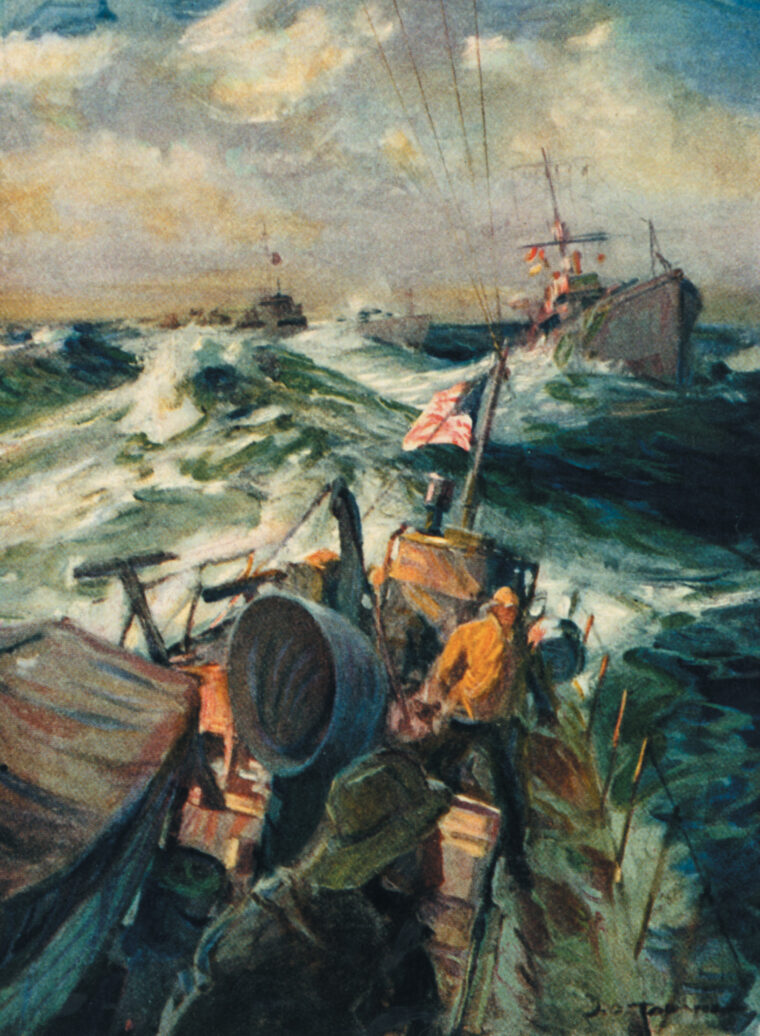
As Nelson’s fleet approached Gibraltar, a British aircraft reported sighting two German submarines lying in wait for the Allied convoy. The warplane managed to chase off one of the U-boats, and SC-129 pursued the other for several miles before losing contact. Despite the scare, the submarine chasers safely entered the Adriatic Sea and anchored in the harbor at Corfu Island. Charles Scott, a civilian engineer for the General Electric Company who made the journey aboard SC-129, described the situation when the chasers arrived on the scene. “Conditions in the Adriatic were ideal for hunting U-boats,” he said. “The sea was very deep, with depths ranging from 2,500 to 3,600 feet. Commercial traffic was light, and the sound man had only a small amount of extra noise to contend with.”
German U-boats usually waited for bad weather to attempt to sneak through the mine barrier into the Mediterranean. But even under the worst atmospheric conditions, the submarines were often detected. Cary Johnston remembered: “While on barrage duty, we were continually in sound contact with U-boats—especially when they attempted to traverse the Otranto Strait at night. Upon leaving their base, the enemy subs would run on the surface at top speed, and could be heard for more than an hour before they reached the nets. The difference between the sound of a U-boat’s engine and its batteries, was so distinctive that it was comparatively easy to tell when a submarine submerged and switched to its battery motors. But the Germans knew approximately where our ships were located, and invariably dived before they reached the barrage.”
Searching the Adriatic for enemy U-boats was a monotonous job, but there were occasional breaks in the dreary routine. One morning at the Mediterranean entrance to the Adriatic, an enemy submarine was reported caught in the nets. A nearby trawler dropped depth charges, then backed away to check the results. Suddenly the ship’s hydrophone operator heard a heavy object brush against the sound detector. Moments later, a dripping-wet German sailor climbed over the side of the trawler. The man had evidently been blown clear of the U-boat by the force of the exploding depth charge, and had saved himself by grapping the hydrophone cable and pulling himself to the surface.
On another morning, SC-129 was patrolling the barrage when she picked up the sound of a submerged U-boat at a distance of 200 yards. The American vessel laid out a pattern of depth charges to cover all possible escape routes by the sub, then cut her own engine and listened. After a 20-minute wait, the Americans picked up a squeaking sound—the sub’s propellers had been bent. More depth charges were dropped, and subsequent sounds indicated that the Germans were attempting to repair their craft. Then there was dead silence, followed by a series of 25 pistol shots. The U-boat crew, realizing that they could not escape, had decided to take their own lives.
In the late summer of 1918, the Allies planned a land attack against Bulgaria. It was considered essential to the campaign that the port of Durazzo be destroyed. On September 28, Captain Kelly prepared his subchasers to screen and protect an Allied task force during its bombardment of Durazzo. The mission’s objective was to destroy enemy shipping, warehouses, and dock facilities. Beside’s Nelson’s flotilla, the Allied fleet consisted of the Italian armored cruisers San Giorgio, Pisa, and San Marco, British cruisers Lowestoft, Dartmouth, and Weymouth, and several destroyers and torpedo boats. According to intelligence reports, two enemy destroyers, a torpedo boat, and a few submarines were sheltered in Durazzo Harbor.
Just before dawn on October 1, Submarine Chaser Detachment Two hurriedly sailed from Corfu Island to Brindisi. The rest of the day was spent stacking ammunition, cleaning guns, and writing letters home. The next day before dawn, 11 of the detachment’s subchasers steamed out of Brindisi, passed through the barrage, and entered the Adriatic. The bombardment fleet followed some distance behind.
At 10 am, as the enemy coastline and harbor came into few, Nelson ordered all ships to general quarters. Mattresses were quickly rigged as splinter mats around the bridge and charthouse to protect against flying wooden fragments, and sand was scattered across the decks to prevent the gun crews from slipping on blood. Johnston recalled the Allied approach: “We headed into the bay—then made a high-speed circle in an effort to lure enemy warships out from the harbor. Meanwhile, Austrian coastal batteries were busy shooting at us. It seemed as if we were being used for target practice. Although their shells were high and off the mark, the missiles flew overhead with a wicked shriek and a menacing ricochet when they hit the water. I was so frightened that I had difficulty remembering the radio code.”
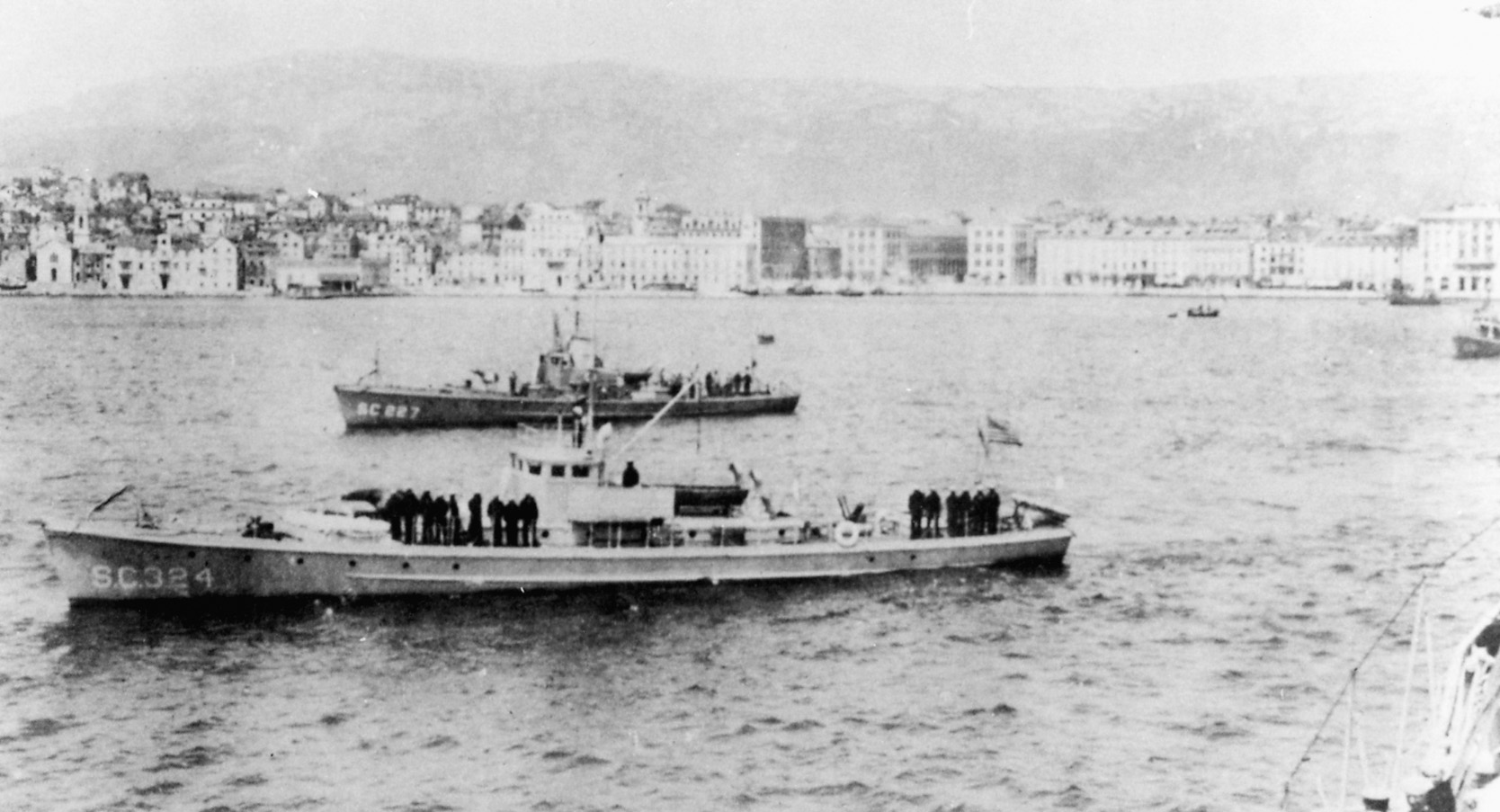
Columns of black smoke soon appeared on the horizon, as the Allied cruiser force approached the enemy coast. At 8,000 yards, the warships turned parallel to Durazzo and began shelling the harbor’s docks and warehouses. Several salvos from San Giorgio crashed into a large transport and quickly sent it to the bottom. Meanwhile, Nelson ordered his subchasers to take their assigned positions to screen the cruisers’ flanks and block the southern and northen ends of the bay. At the same time, Allied aircraft began dropping bombs on enemy buildings and military facilities in the harbor.
Determined not to be left out of the action, four Italian torpedo boats raced headlong across the habor, sending torpedoes crashing into a floating drydock and flooding a German submarine that was under repair. Johnston caught sight of another enemy submarine porpoising—alternately surfacing and diving—as it headed for the cruisers. Before SC-129 had time to react, the U-boat launched a torpedo that crashed into Weymouth’s stern, exploding the cruiser’s depth charges and blowing off completely the aft section of the ship.
“The submarine immediately submerged, and we raced to attack,” Johnston remembered. “Our depth charges were set at 50 feet. The Y-guns fired three salvos at ten-second intervals. Over the noise of the exploding cans, I heard an excited yell from Ensign Jacoby, ‘We got him!’ A large field of black oil rapidly surrounded our ship and volumes of air began bubbling to the surface. We had sunk the U-boat, but our chaser also sustained damage. The depth charge explosions had severely shaken the ship, and the gasoline feed to one engine was ruptured. I had been standing in the radio room during the action, and the first blasts slammed me against the transmitter. The wireless telephone went dead, and everything not nailed down littered the deck.”
The other ships in the unit had also been busy. SC-128 and SC-215 sighted the periscope of another enemy submarine and opened fire. One shot struck home and a column of water shot six feet into the air. Depth charges finished the job, and a large amount of oil and debris bubbled to the surface. SC-130 exploded one enemy mine with gunfire and successfully warned away the cruisers from other mines.
For several hours the Austrian coastal guns dueled with the Allied fleet. As SC-128 patrolled the northern approaches of Durazzo, her lookouts spotted a Red Cross hospital ship, Baron Call, attempting to leave the harbor. The chaser was about to let the ship pass undisturbed when a sailor spotted the wake of a German U-boat following close behind the Red Cross vessel. SC-128 sank the submarine with depth charges, and Baron Call proceeded safely along the coast toward Pola.
As the battle drew to a close, Johnston described the crew’s overall mood: “By late afternoon, the fun was over and we headed back to Corfu,” he wrote. “Our crew was happy as a gang of kids on a picnic. And, after all, most of us were only in our early twenties.”
In his subsequent report of the battle, Captain Nelson stated: “The operation was a strategic success. The combined attack of our ships and aircraft silenced the Austrian shore batteries, destroyed ammunition dumps, docks, and warehouses, and crippled the enemy’s use of Durazzo as a military base for some time to come. All ships moored in the harbor were either sunk or badly damaged. There were no casualties to our personnel or chasers involved in the action.…I feel that the performance of the submarine chasers shows that they can be of immeasurable value with the main fleet in any contemplated actions—especially those that necessitate operations in shoal water.”
Ironically, the day before the attack on Durazzo, Bulgaria surrendered to the Allies, and two weeks later Austria capitulated. German submarines were left stranded in the Adriatic without a friendly port. Their only choice was to surrender or try to make it back to Germany. Half a dozen U-boats managed to slip through the Otranto Barrage and into the Mediterranean. American subchasers met them at Gibraltar and sank two of the subs. It was the closing action in the subchasers’ short but brilliant career.
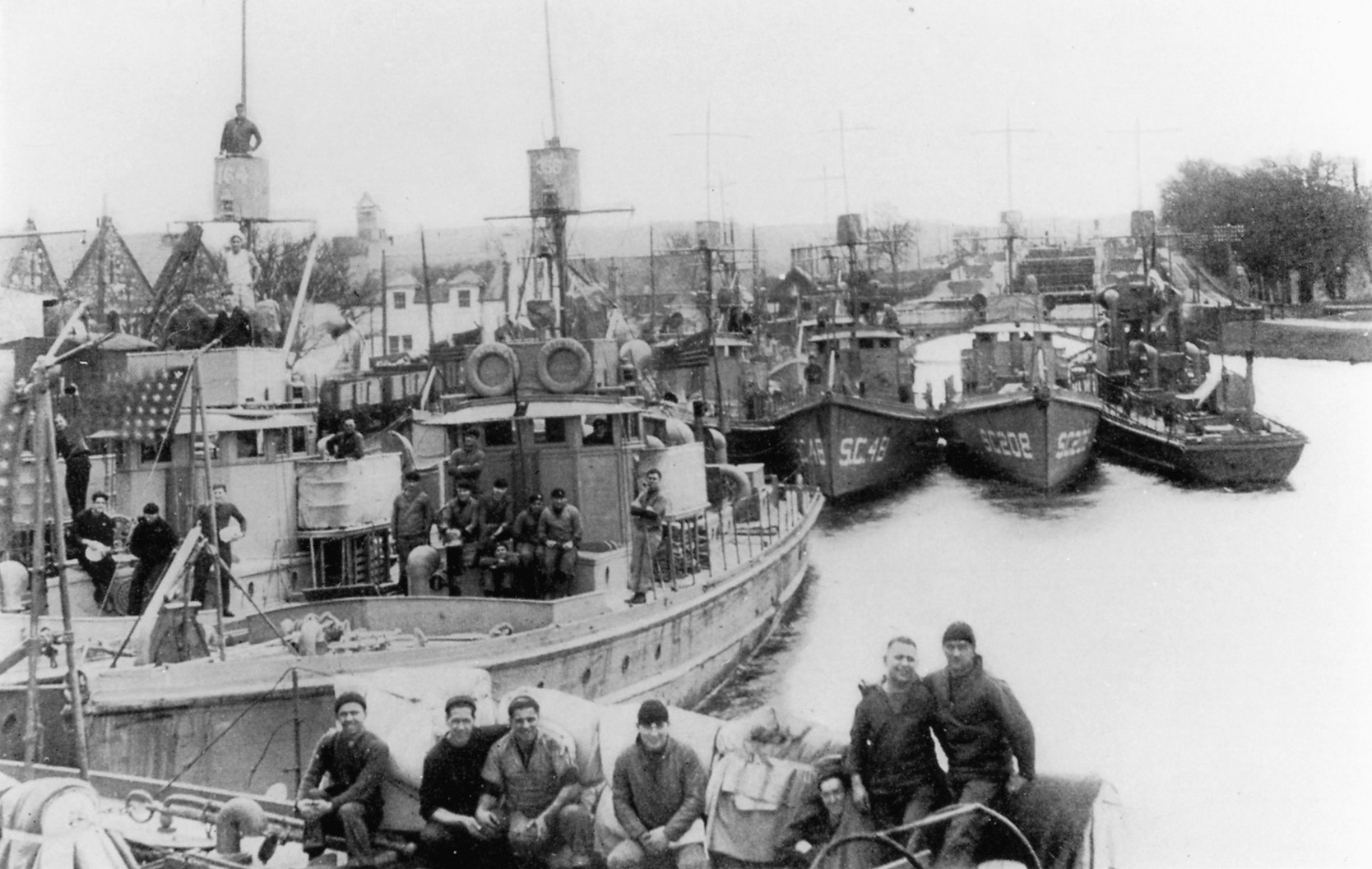
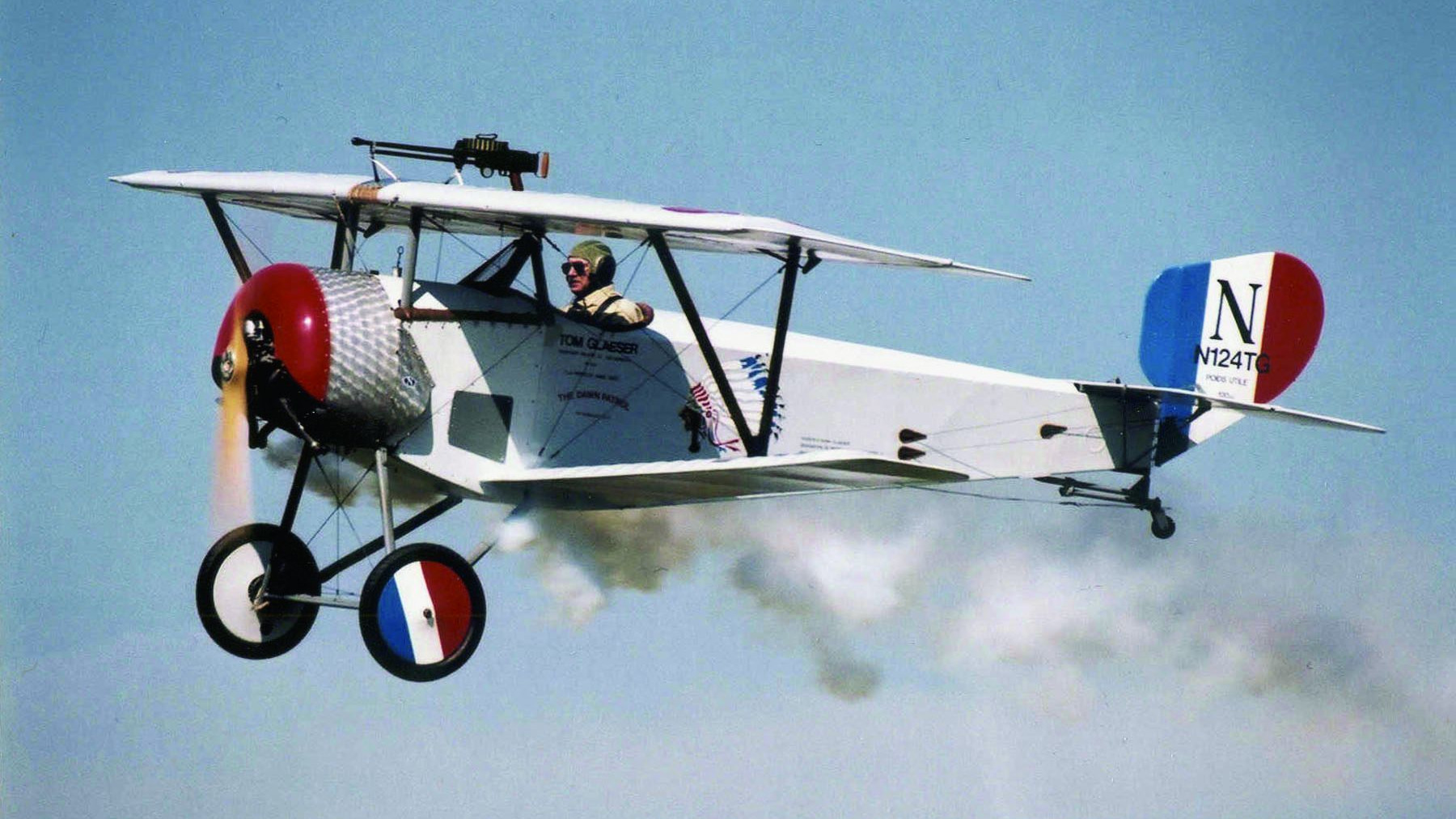

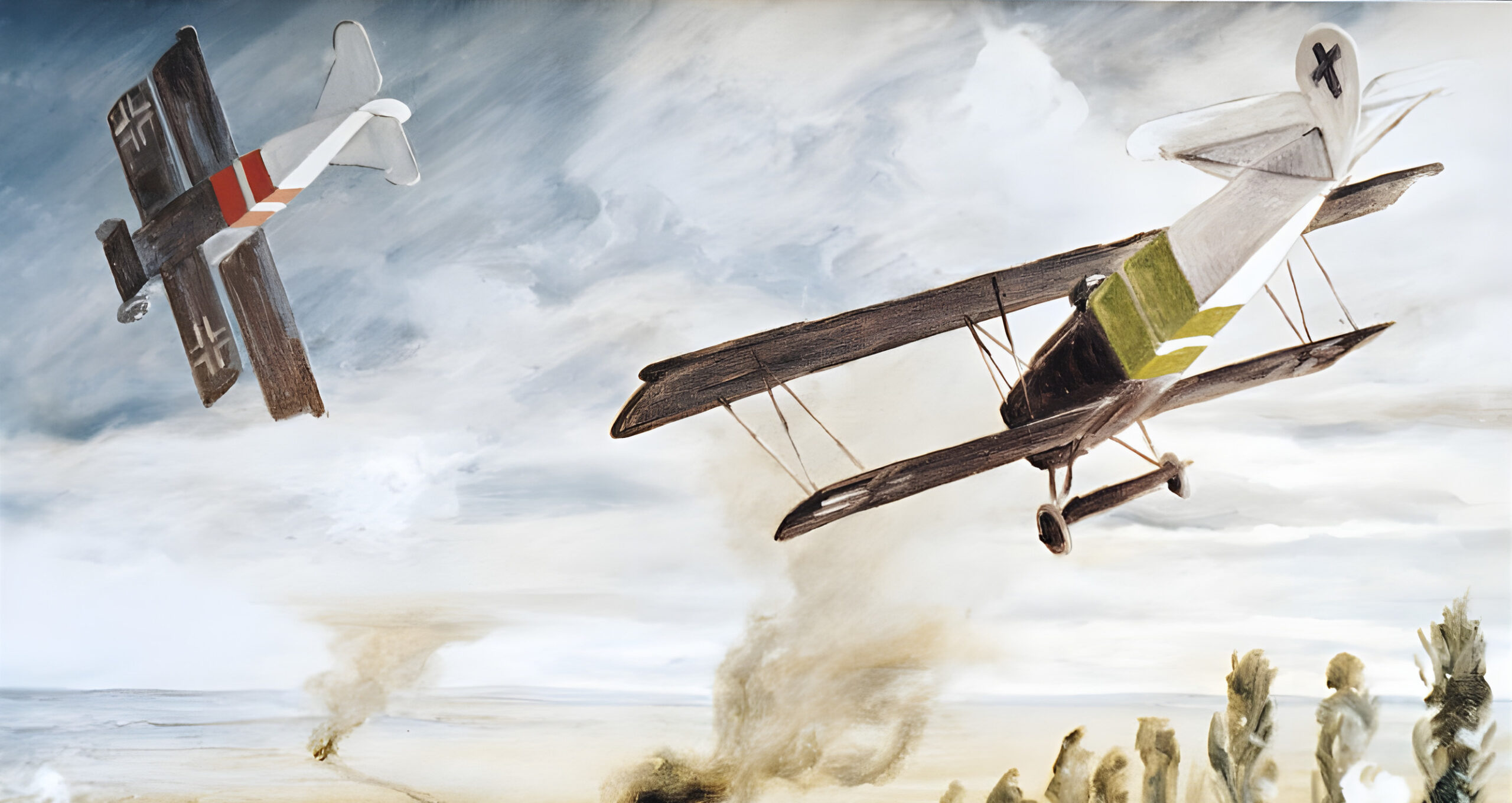
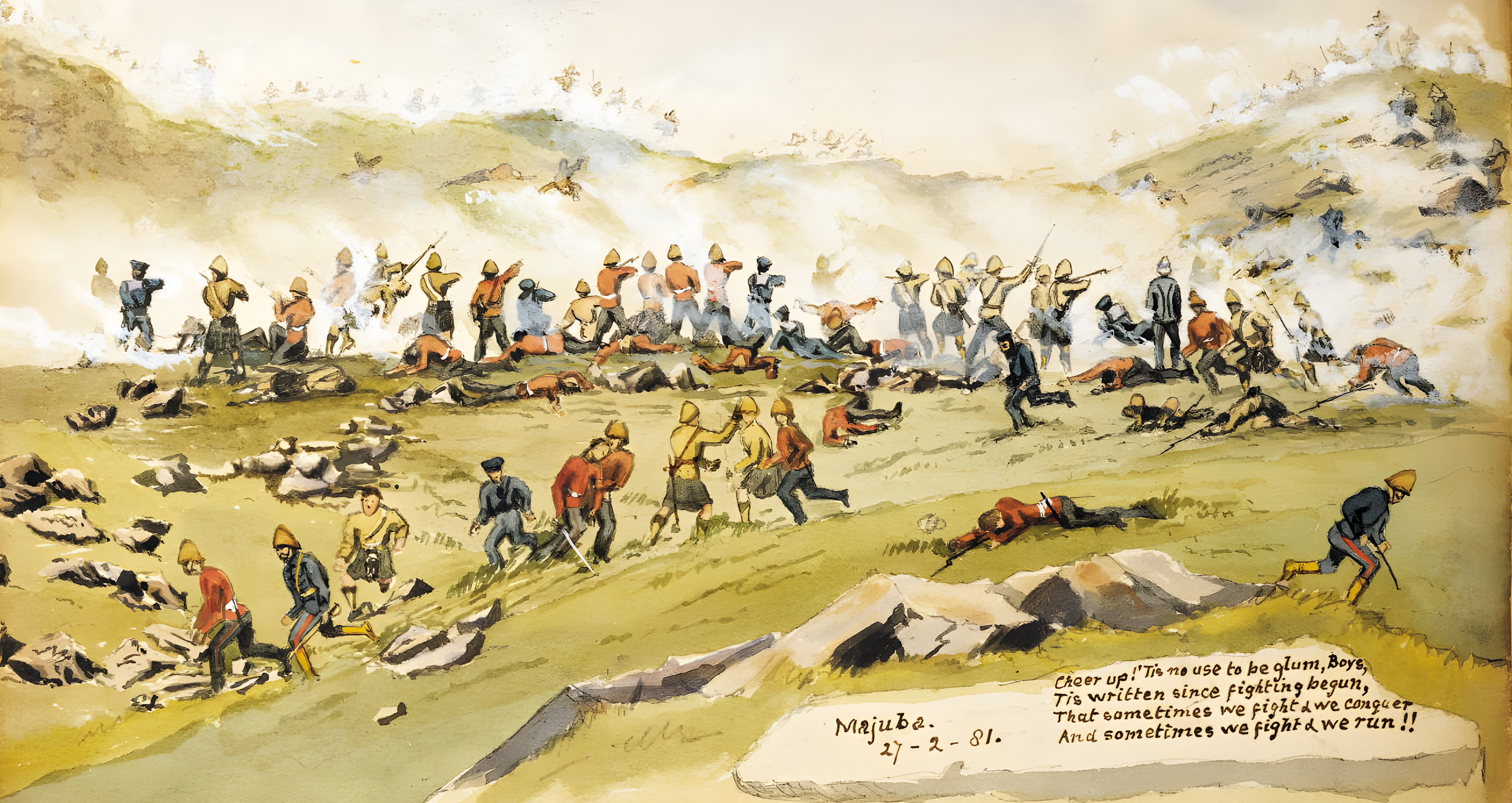

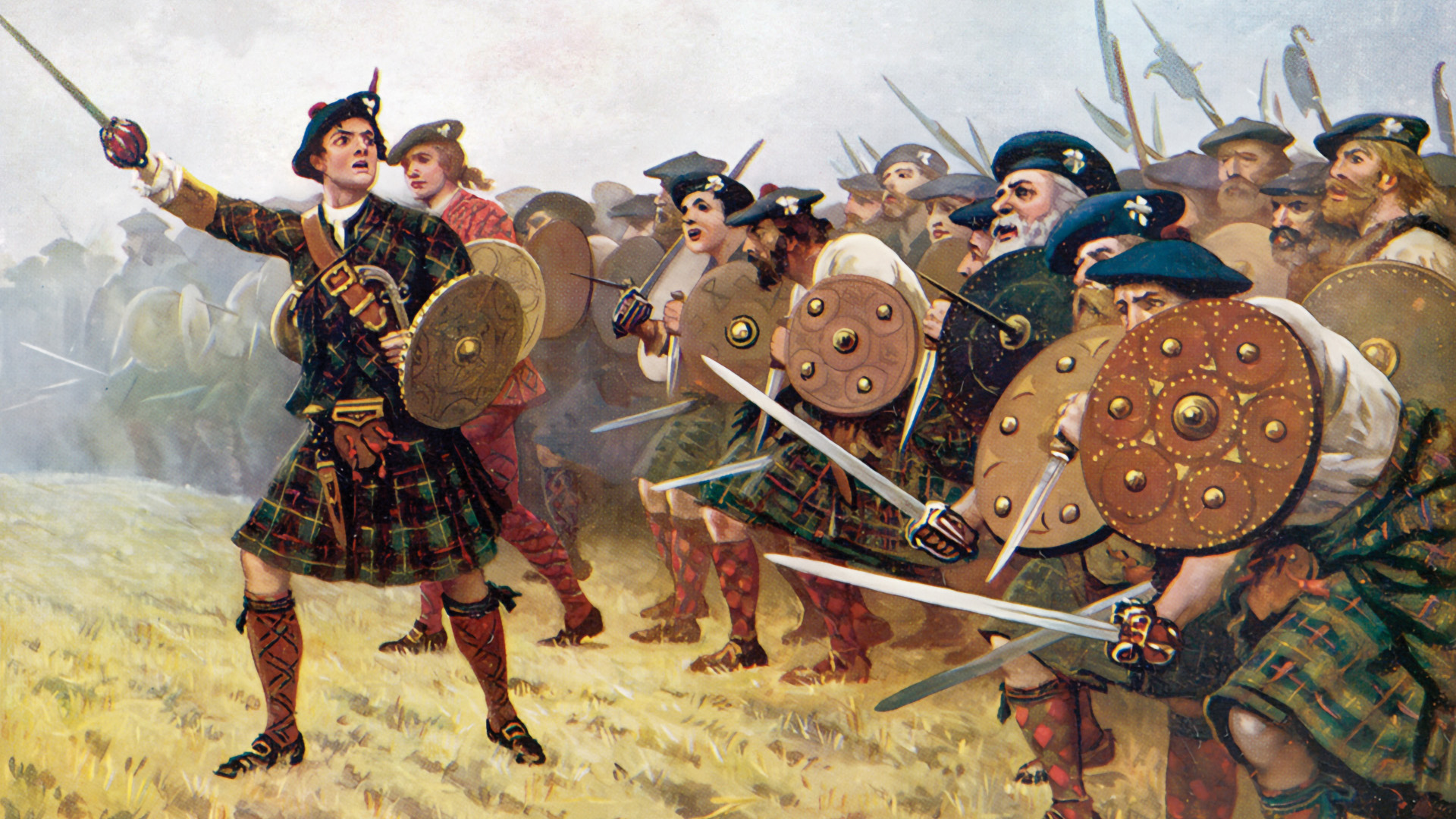
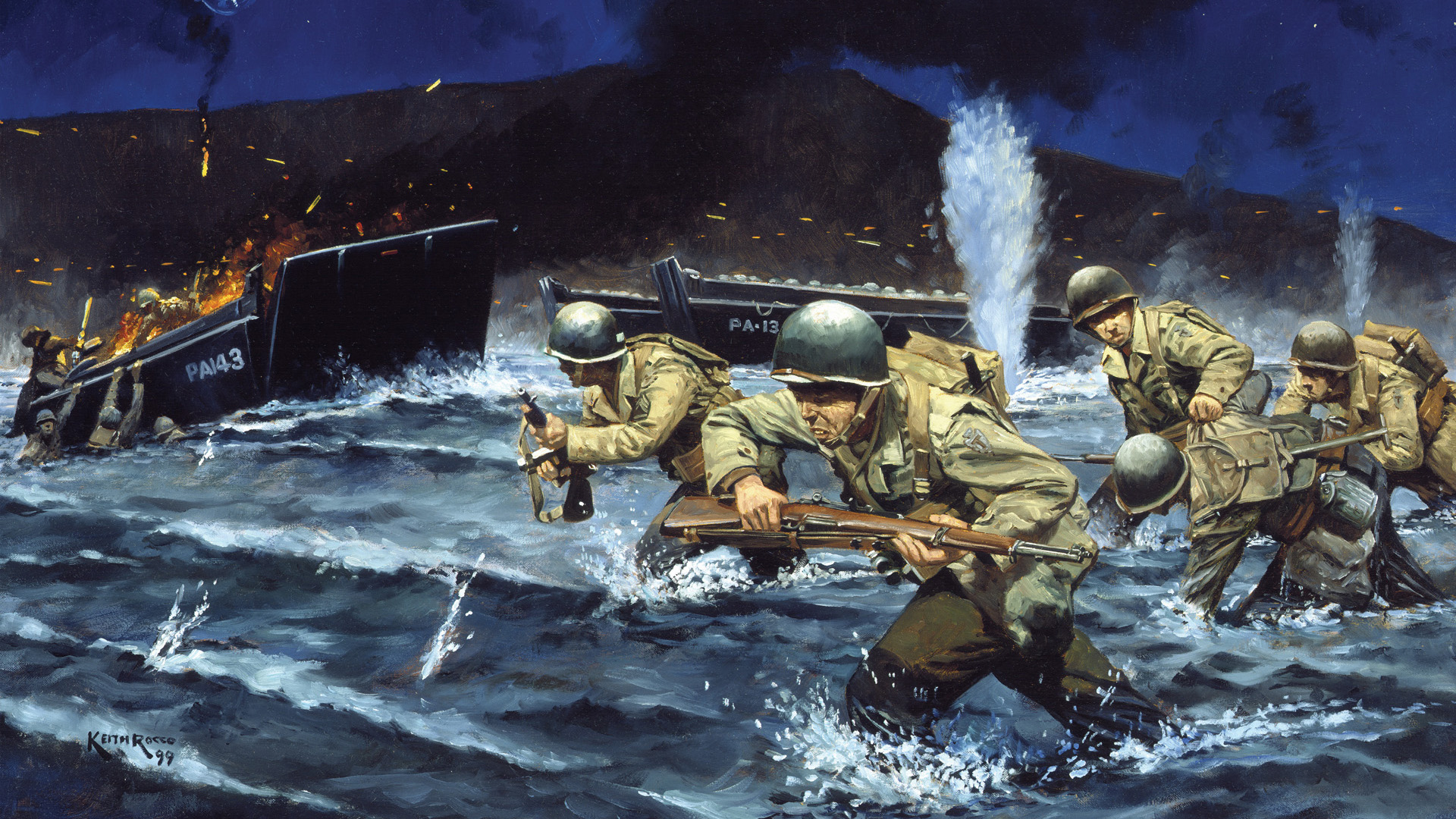
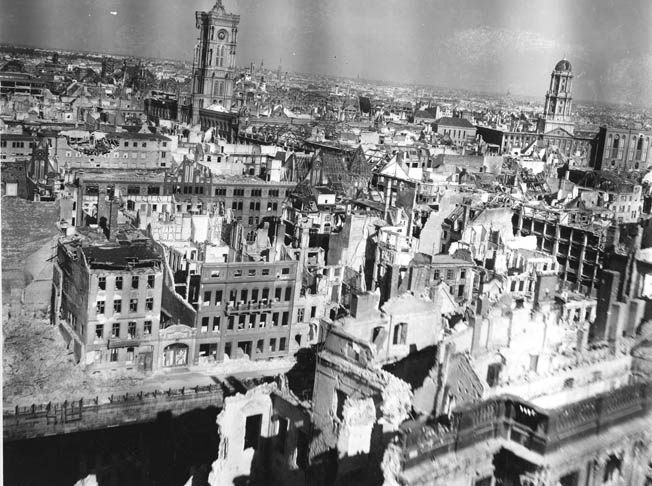
They crossed the Atlantic Ocean in those? And that was the *easy* part of their job?
Ye gods.
Enjoyed this article. Learned something for I’ve heard of these wooden chasers before.